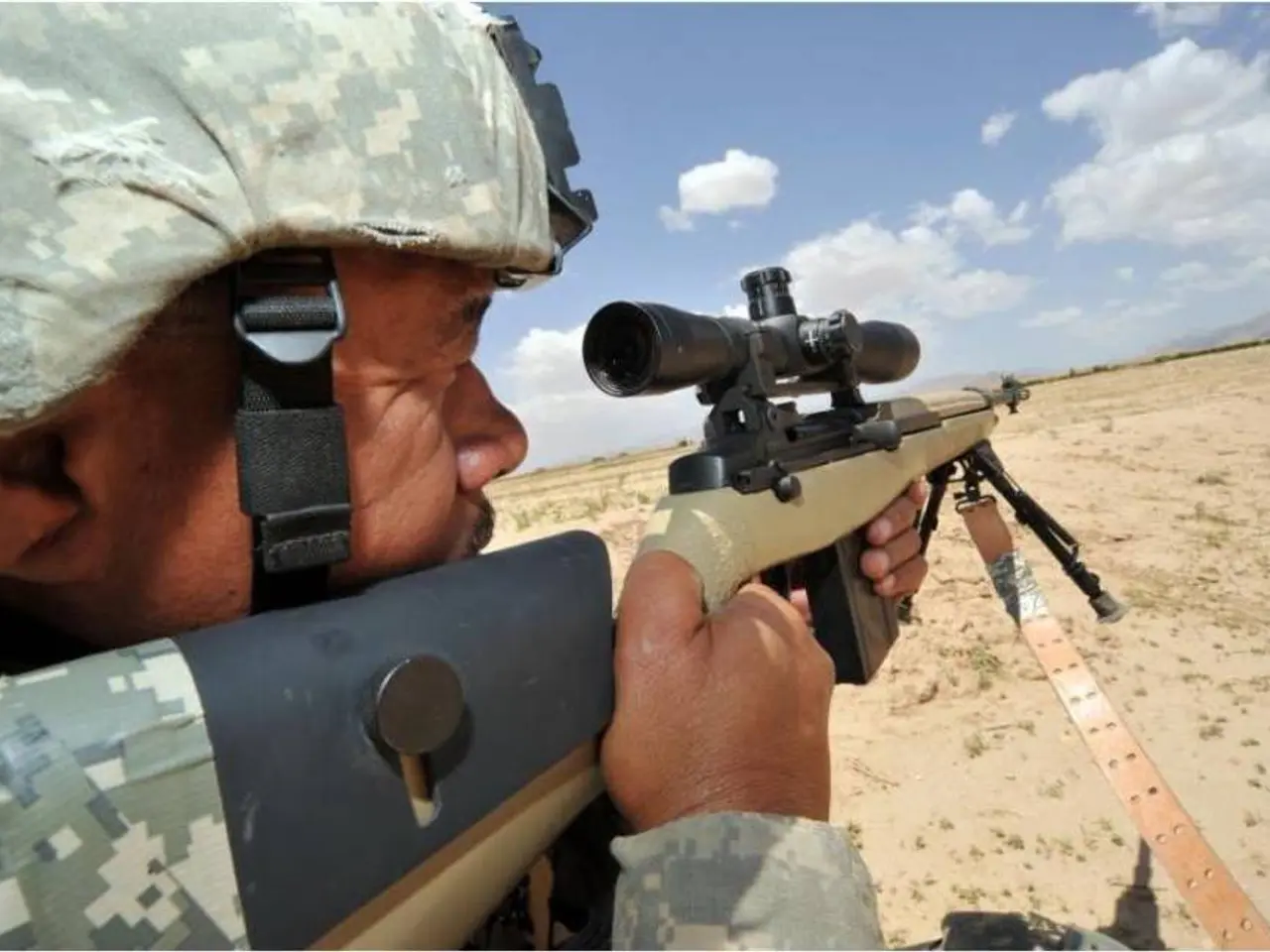F-35 fighter jets of the United States Air Force conduct their first flight from the Philippines during the Cope Thunder military exercise.
U.S. F-35As Debut in the Philippines during Cope Thunder Exercise
The latest edition of the Cope Thunder exercise, held this month, marked a significant milestone as U.S. F-35A Lightning II jets took off from Philippine soil for the first time. The operation, based out of Basa Air Base in northern Luzon, brought together the U.S. Air Force and the Philippine Air Force for a series of bilateral training exercises.
This deployment of U.S. F-35As represents an escalation in advanced U.S. military presence and operational capability in Southeast Asia. It builds on prior U.S. fifth-generation fighter deployments, with F-22s landing at Clark Air Base in March 2023 and F-35B fighters training at the same base in 2024.
The exercise involved extensive bilateral training and expert exchanges between U.S. and Philippine airmen. Images shared by PACAF showed U.S. and Filipino Airmen sharing expertise on various topics, including airfield management, maintenance, and refueling. The F-35's advanced sensors and data links enable real-time battlefield intelligence sharing and integrated operations across land, air, and sea domains, significantly boosting allied combat effectiveness.
The deployment reflects the strengthening of the U.S.-Philippine alliance, especially under the Enhanced Defense Cooperation Agreement (EDCA), which allows U.S. forces access to Philippine bases for joint exercises and other operations. In 2023, the Philippines granted access to four additional EDCA sites, totaling nine, signaling Manila’s growing strategic role as a "frontline state."
The F-35A deployment and enhanced U.S.-Philippine military cooperation serve as a form of forward-deployed deterrence aimed at counterbalancing China's increasing assertiveness in the South China Sea and broader region. Beijing opposes the U.S. military presence but Manila has continued to deepen defense ties with Washington despite this.
By positioning advanced fifth-generation fighters closer to hotspots like Taiwan and contested maritime areas, the U.S. signals a commitment to regional stability and alliance commitments. This arguably complicates China’s strategic calculations and underscores U.S. resolve to defend its allies and maintain freedom of navigation in contested waters.
The exercise’s focus on realistic scenarios and interoperability prepares both air forces for potential security contingencies in the Indo-Pacific, thereby reinforcing the security architecture against coercive tactics by China.
In summary, the deployment of U.S. F-35As to the Philippines during Cope Thunder 2025 enhances allied operational integration and deterrence posture in a region increasingly fraught with China-U.S. strategic competition. It strengthens the U.S.-Philippine alliance and amplifies the Philippines' role as a key security partner amid ongoing regional tensions.
The exercise began on July 7 and ends on July 18. The Pacific Air Forces stated that the purpose of Cope Thunder exercises is to facilitate bilateral fighter training with the Philippine Air Force, enhancing Alliance readiness and combined interoperability among participating forces.
[1] The Washington Post, (2025), U.S. F-35s Operate from the Philippines for the First Time Ever. [2] Reuters, (2025), U.S. F-35As Debut in the Philippines during Cope Thunder Exercise. [3] Defense News, (2025), U.S. F-35As Fly from the Philippines in Cope Thunder. [4] Stars and Stripes, (2025), U.S. F-35As Deploy to the Philippines for Cope Thunder Exercise.
- The F-35As deployment in the Philippines for the Cope Thunder exercise marks an expansion of the US Air Force's aerospace industry and its defense finance in the region, as deemed significant by some analysts.
- The space domain is becoming increasingly relevant in Southeast Asia, as evidenced by the US Air Force's deployment of F-35A Lightning II jets, which are equipped with advanced sensors for real-time battlefield intelligence sharing.
- The finance and industry sectors are closely watching the agreement between the US and the Philippines, as the Enhanced Defense Cooperation Agreement (EDCA) allowing US forces access to Philippine bases could potentially generate revenue for the aerospace industry.
- The US Air Force's growing operational capability in Southeast Asia, demonstrated by the F-35As deployment and prior F-22 and F-35B deployments, might influence the security and strategic thinking of regional players, including China, within the air force and industry circles.








